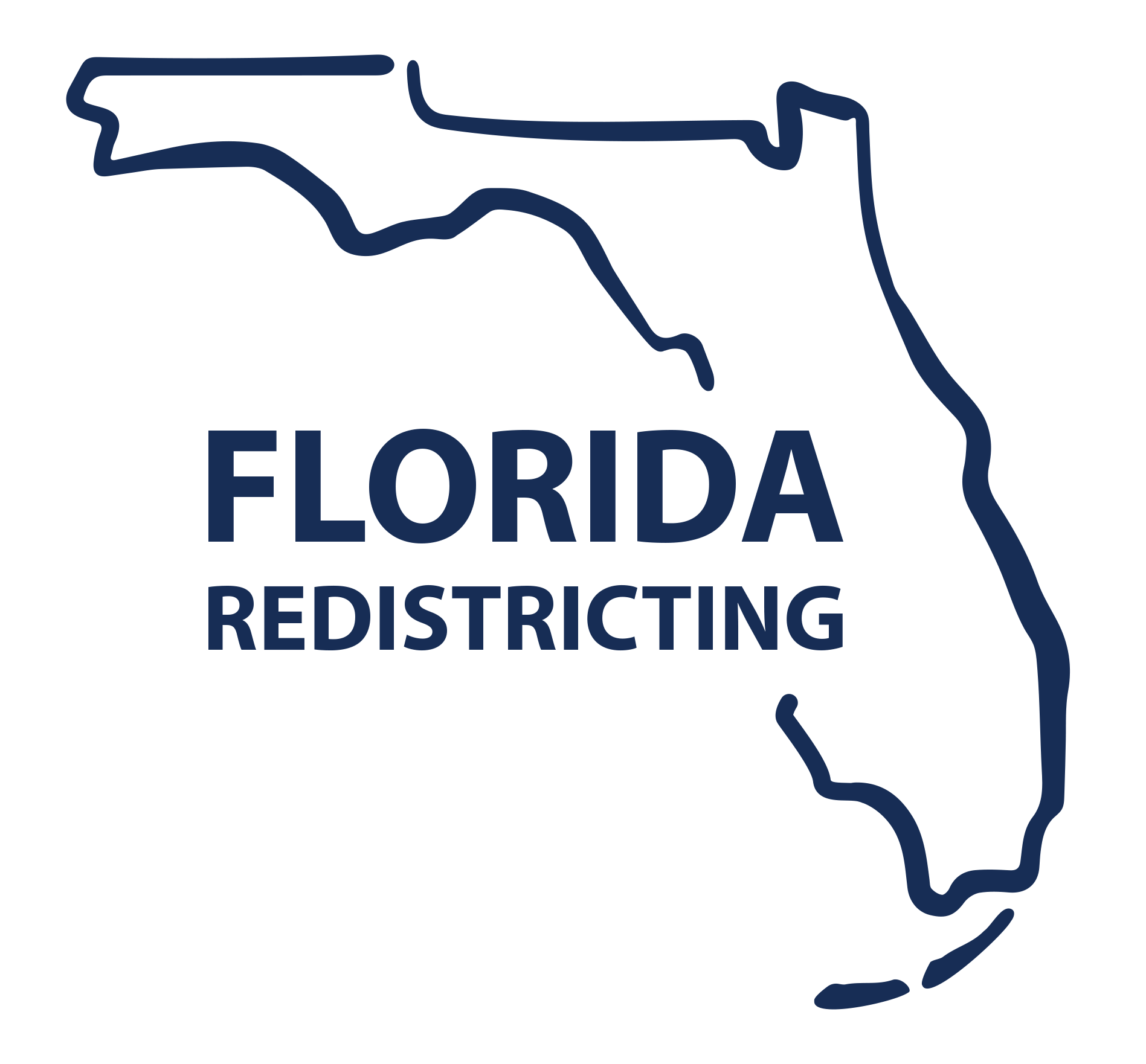For the present. A very socialist government could declare that your body becomes property of the State once you die and of course they might get impatient waiting for you to kick the bucket.
For example, it has been well known for quite some time that the Dutch are a little too keen on
culling the herd of weaklings assisted dying.
How Dutch Law Got a Little Too Comfortable With Euthanasia
The story of a 17-year-old’s assisted death wasn’t real—but it could have been.
However alarmist some stories about Noa Pothoven’s death might have been, one should remember that euthanasia of a minor as young as 16 for psychiatric suffering is indeed legal in the Netherlands.
Pothoven, a 17-year-old girl in that country, had struggled with depression, anorexia, and post-traumatic stress disorder, reportedly after being sexually abused at age 11 and raped at 14. She had sought permission for medical euthanasia and announced on Instagram that she intended to die. Her passing on June 3 prompted news stories around the world, their dramatic headlines an implicit rebuke of Dutch assisted-death policies.
In most countries, the debate over physician-assisted suicide has centered on adults in the final stages of incurable physical illnesses. Pothoven’s age and mental illness made her case quite different, which is why the initial English-language news stories on her death sparked such alarm. That uproar subsided when subsequent reports clarified that Pothoven’s euthanasia request had been turned down, and that she had instead died by
refusing to eat and drink.
This sad outcome does not, however, show that all is well with the Dutch approach to assisted death—or that fears of a slippery slope are merely alarmist.
I have researched the Netherlands’ experience in detail and written a number of peer-reviewed papers about it. In Dutch usage, the term
euthanasia legally covers cases in which medical professionals administer lethal injection and those in which doctors provide drugs that patients ingest to end their life. The Dutch system gives deference to doctors’ expertise; it respects the relationship between an individual doctor and a patient; and it recognizes that mental illness can be painful and debilitating. Yet this system illustrates how priorities that appear logical on their own terms combine, in some cases, to produce disturbing results. A respected Dutch-language medical journal recently reported that an 18-year-old had died via medically assisted suicide for psychiatric problems.
In the United States, debates about physician-assisted suicide are typically couched in terms of patient autonomy. The rationale for the landmark 2002 euthanasia law in the Netherlands, though, was that it codified a legal option for doctors, whose primary duties—to preserve life and to relieve suffering—were thought to conflict in the case of certain anguished patients. In the decades before 2002, a series of court rulings had offered legal protection for Dutch physicians who facilitated patients’ deaths.
Unlike in most other jurisdictions where medically facilitated deaths are legal, the euthanasia law in the Netherlands has no requirement that a patient be close to death. The law’s directives are few and broadly drawn. Aside from obtaining formal consent—a patient’s request must be “informed” and “voluntary and well considered”—the doctor must be “satisfied” that two conditions are met: The patient has “unbearable suffering, without prospect of improvement,” and there is “no reasonable alternative” to address it. The doctor must use the euthanasia medications properly, and she must consult an independent physician—though she is not bound by this outside consultant’s opinion. Indeed, as long as the patient is at least 16, no other person’s consent except the patient’s is mandatory. (Parents of 16- and 17-year-olds are involved in the discussion, but their permission is not required. Patients as young as 12 can seek euthanasia with parental consent. In about 10 cases since 2002, children ages 12 to 17 have received euthanasia; as far as I know, all were for physical illnesses.)
The story of a 17-year-old’s assisted death wasn’t real—but it could have been.

www.theatlantic.com




